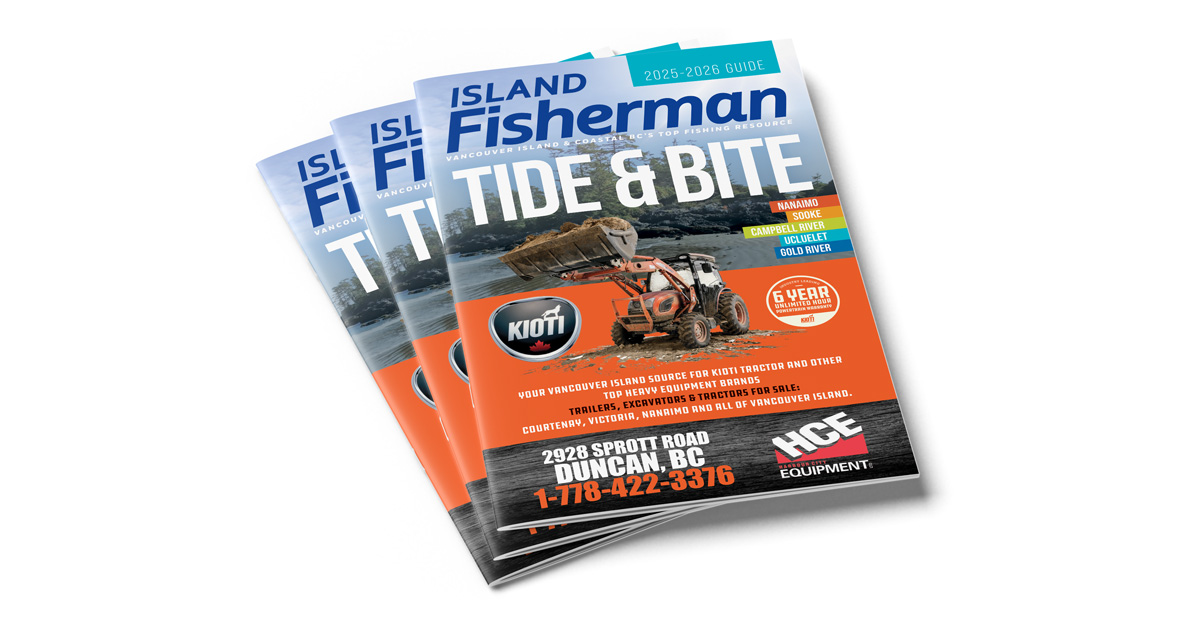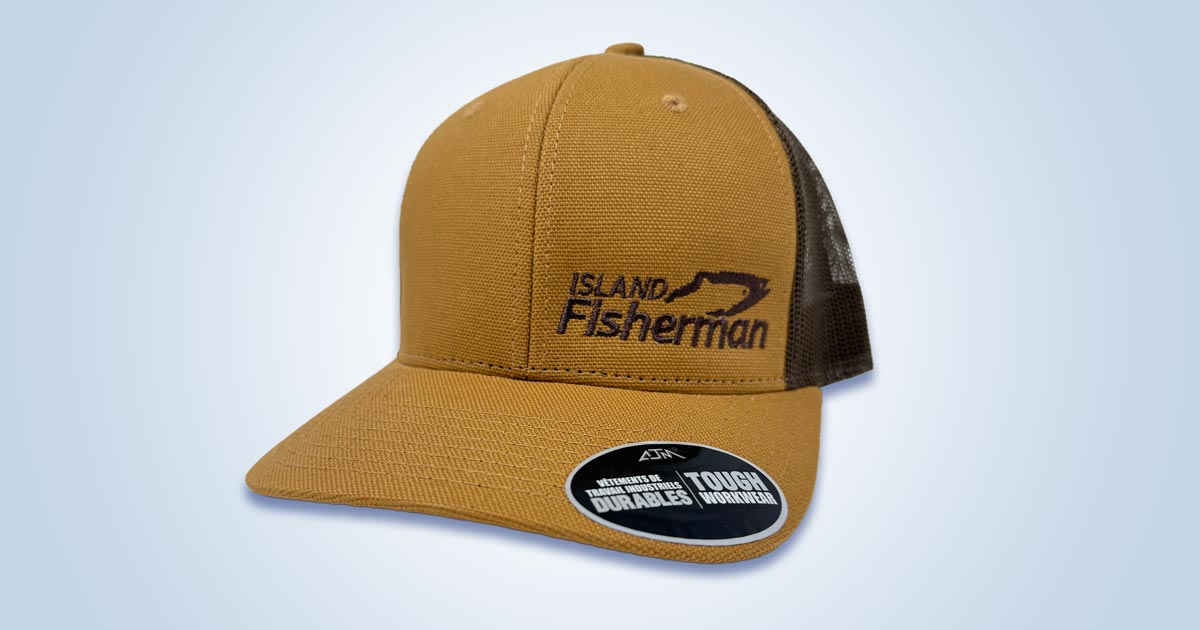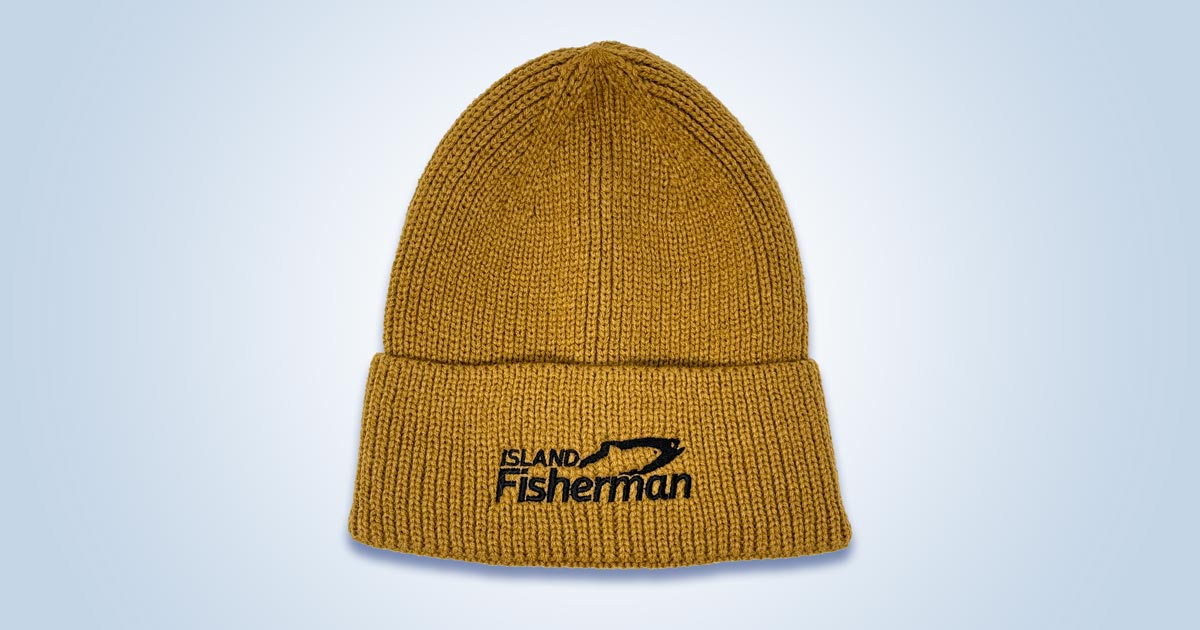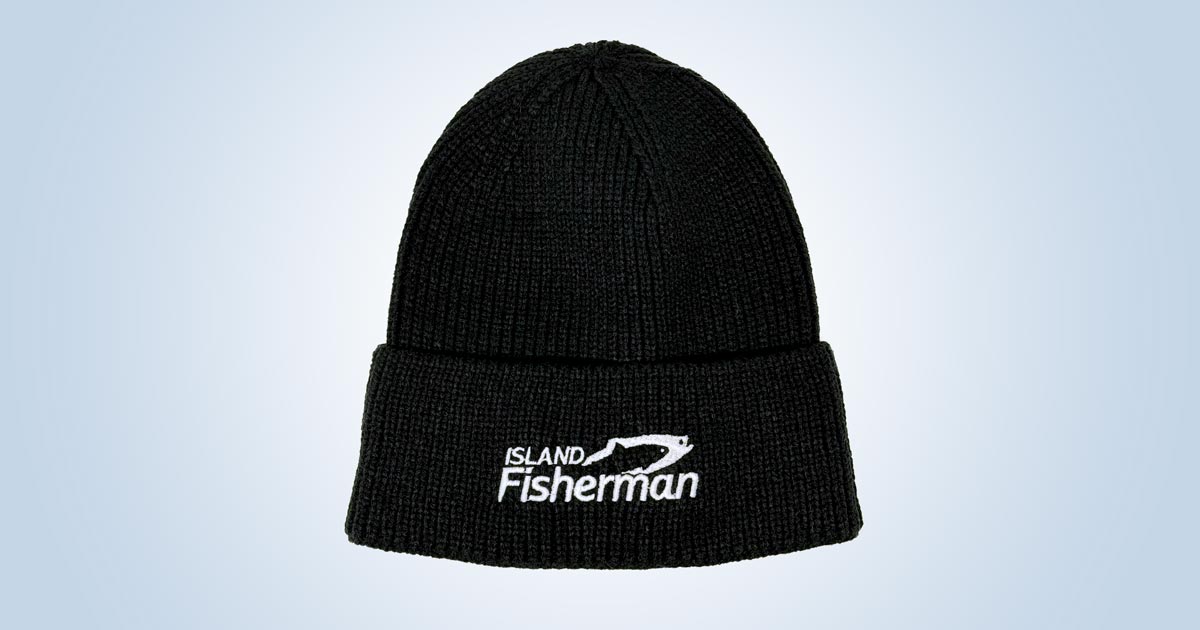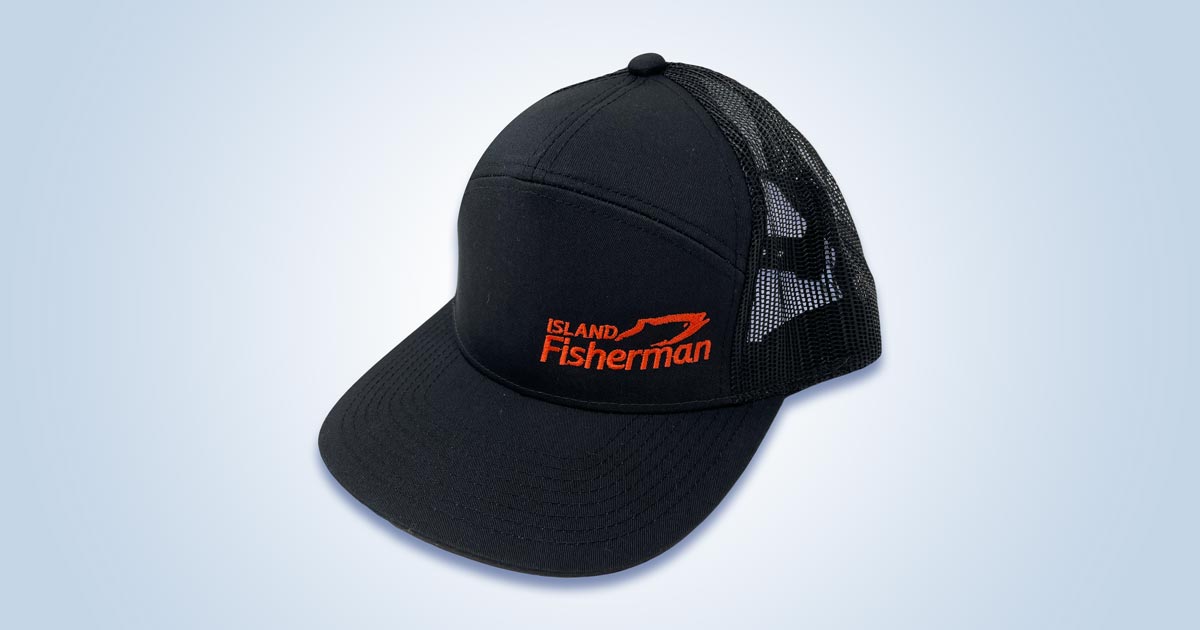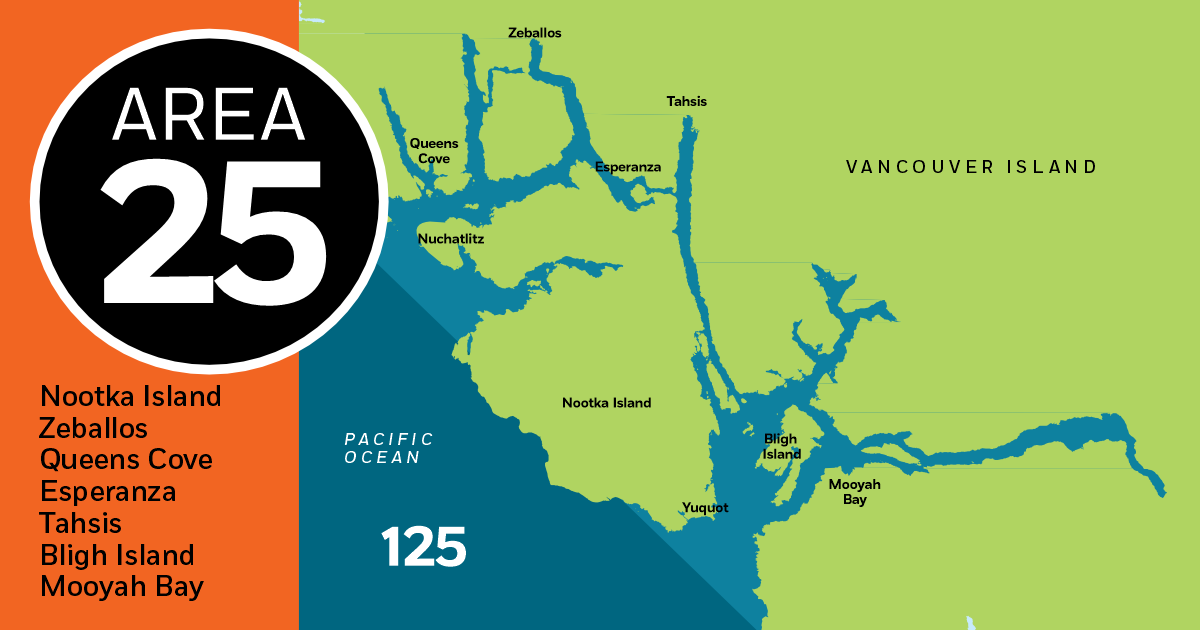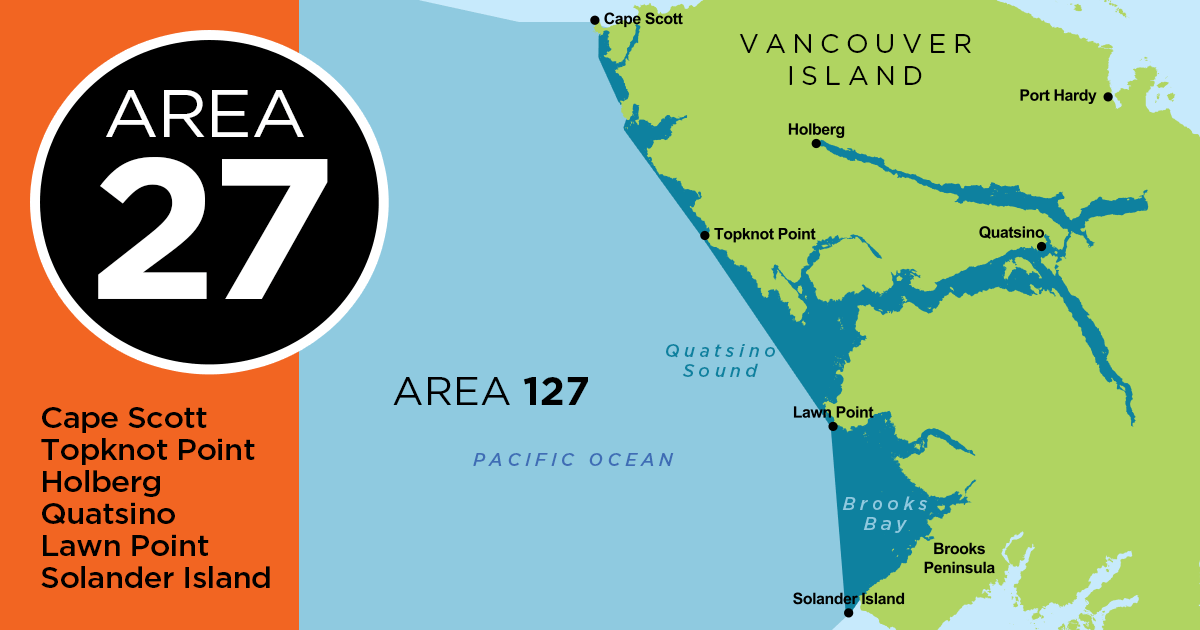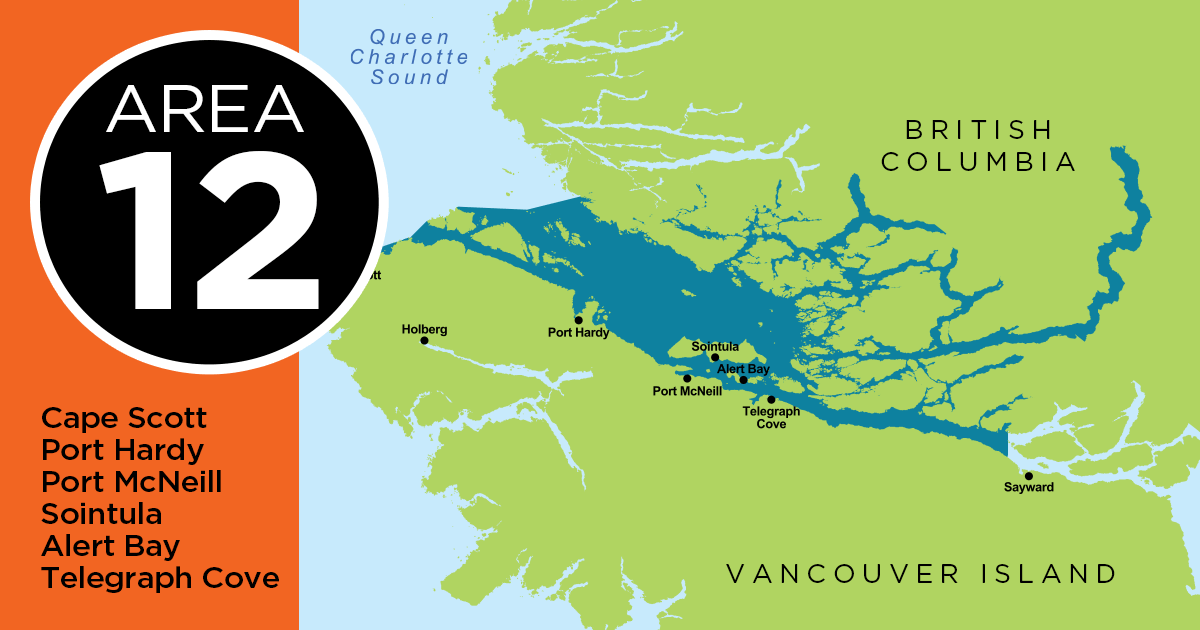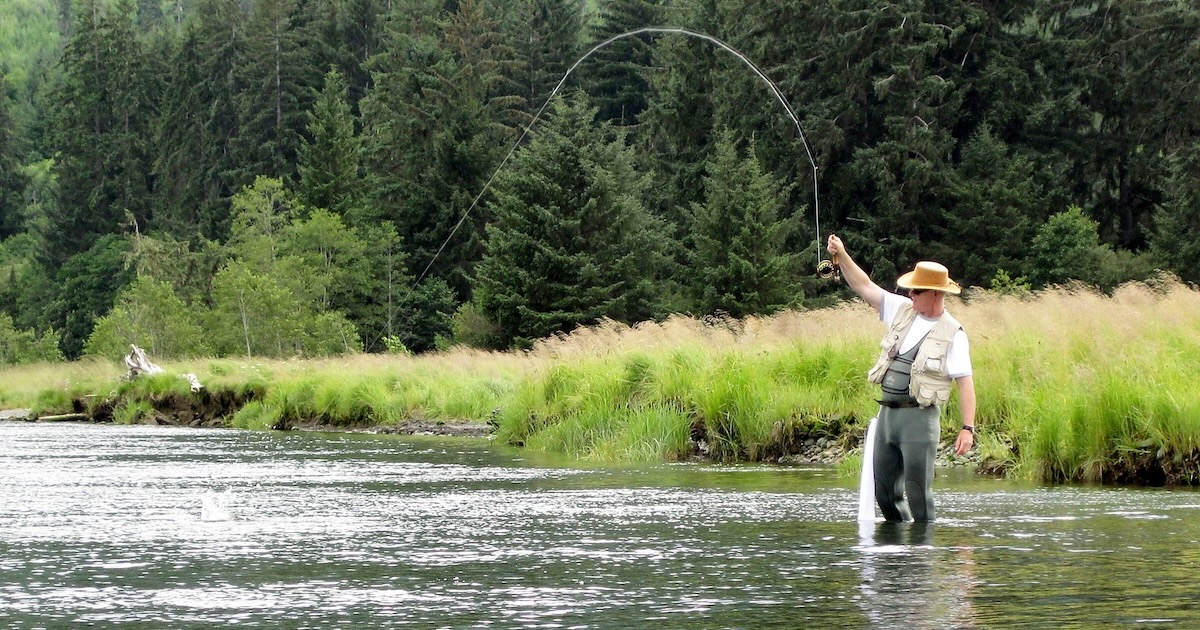
Photo: Bill Luscombe
I am always surprised at the way different fly rods perform. Rods of the same weight and length, even when manufactured by the same company, can be quite different in their casting and fish-playing characteristics, and the one characteristic that seems to vary the most is what I like to call “bottom end”.
What is a Fly Fishing Rod’s Bottom End?
The bottom end is the power point of the rod. It resides in the bottom foot or so of the rod blank immediately above the handle, and it really is where the rubber hits the road in terms of just what the rod is capable of doing and the size of fish that the rod is capable of handling—and it can be deceiving. Some rods appear at first glance to be very strong just because the diameter of the rod blank near the handle is large, but this can be misleading. One way to tell is to pick the rod up and cast it; a second, better way is to have someone hold the rod tip (or string the rod with fly line and tie the tip to a tree or immovable object) and lift on it, forcing the rod to bend all the way to the handle if you can. The third and best way is in the heat of battle with a big fish that will tax the rod. Unfortunately, the third method can only be done after you’ve purchased the rod, unless you get to try someone else’s.

Joel Unickow Fly Fishing – Rod Bottom End (Photo: Gordon MacDonald)
How to Test a Fly Fishing Rod’s Bottom End
Casting a rod to find out what sort of bottom end it has can be tricky. To cast the rod hard enough to engage the bottom end, you must load the rod with as much fly line as possible. This technique works best with double-tapered lines. It does not work well with weight-forward lines because you can end up overcasting the weight-forward line to try to get enough weight off the rod tip to engage the bottom end. If you do get enough line out to engage the bottom end of the rod during the cast, you will be able to feel how the rod stiffens, or doesn’t, as you increase the pressure. If the rod does not have much of a bottom end, then it’s referred to as noodly or wispy. A noodly rod will perform poorly when trying to cast into the wind or land a large fish. You should avoid these rods.
The second method is to either have someone hold the rod tip or string the rod with a reel and line and tie the line to something solid. Then clamp down on the reel and lift the rod as though you were playing a fish and make it bend down to the handle. When you get the bend down to within about a foot or so of the handle, the rod should pretty much refuse to bend further. If it bends past this point, it lacks a bottom end and doesn’t have the power to fight a fish well. You’ll struggle to land fish with it, and you’ll be frustrated. Don’t waste your money. If the bending stops even though you have some reasonable pressure on it, then the rod is good as far as fighting power goes.

Good and bad rods together (Photo: Bill Luscombe)

This rod has poor bottom end-too much bend (Photo: Bill Luscombe)
The best way to find out whether the rod has a good bottom end or not is to play a big fish with it (“big” being relative to the size of fish the rod is designed to catch). When you have to put pressure on a big fish, you must engage the bottom end of the rod, and if you end up with a rod that can’t handle the fish because the bottom end is noodly, you’ll notice that you end up with a 180° bend in the rod all the way from the handle to the tip, and it feels like there’s nothing left in the rod, which is in fact true. The thing you must be sure of is that you’re not playing a fish that is too big for what the rod was originally designed to handle. If that’s true, then you haven’t actually tested the rod properly. But if the fish size was within the parameters of what the rod was designed to handle, and you’ve run out of bottom end because the rod is bent over 180° and can’t take any more pressure, then you have a noodly rod.
As I said previously, avoid it; it will not perform well when you need it to. I had a rod made for me without testing the blank, and this is exactly what resulted. It’s a pretty little 9′ 6WT but has no bottom end. I got it to fish for pink salmon. It does not perform well. I can hook and play a fish, but I can’t beach it very easily; the rod just runs out of bottom end. It’s frustrating and disappointing. The only thing I use that rod for now is as a teaching aid in my class to demonstrate to the students what to look for in a lousy rod.
One other point: Testing for bottom end is the same as how you test for rod speed/action. Speed/action is not the same as bottom end, although it contributes to it. But that is a subject for another article.

Photo: Bill Luscombe
So do yourself a big favour when you’re looking at rods. Find out if it’s got a good bottom end or not before you buy it, and then buy a rod with the strongest bottom end for your money. In the tough fishing situations, you’ll be glad you did.
This article appeared in Island Fisherman magazine. Never miss another issue—subscribe Today!
Looking for a back issue?
Visit the Store
$34.99
$34.99
Featured Catch
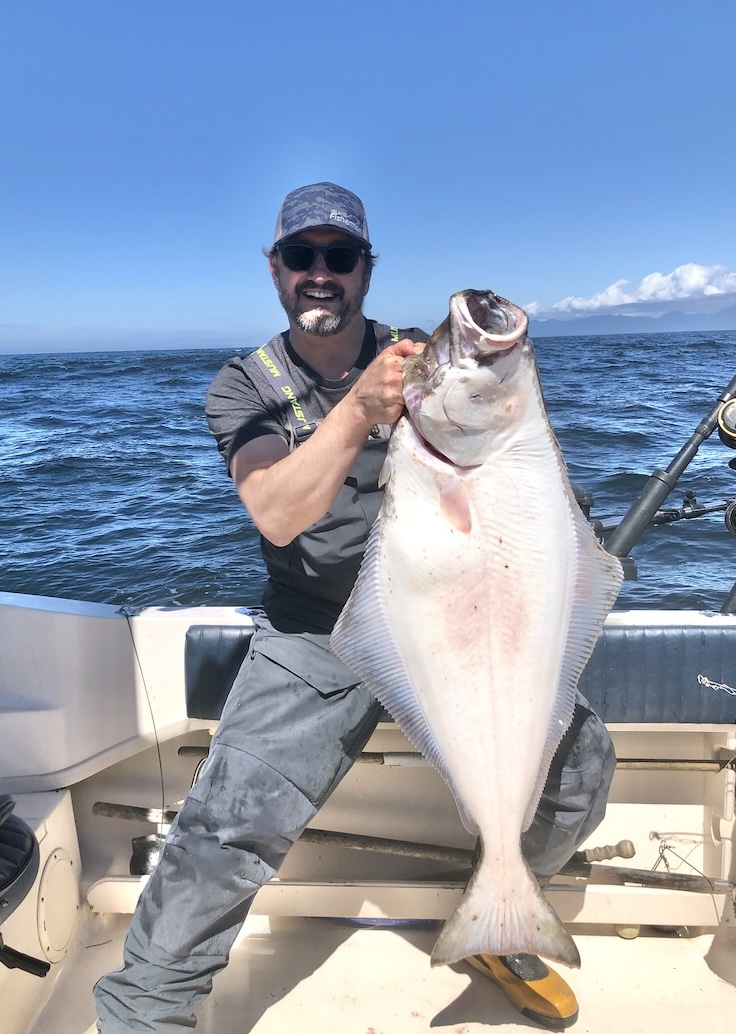
Joel Unickow halibut (Photo: Rob Frawley Lucky Strike Sportfishing Tofino)


